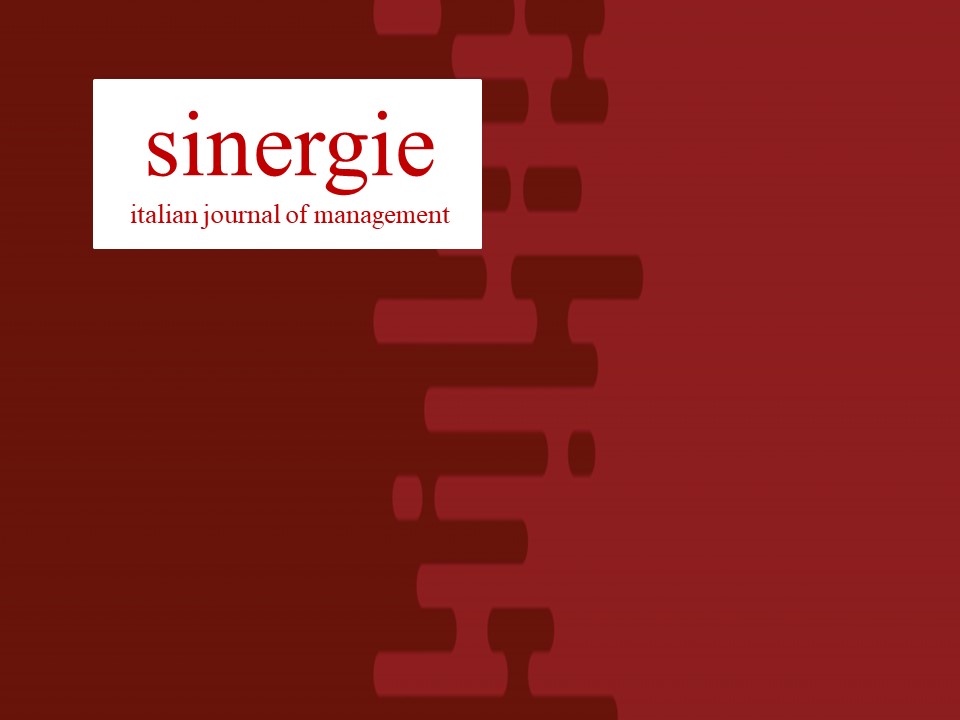Fibonacci Retracement Trend Analysis Indicators and Signals
Therefore 50 points move makes up for the Fibonacci upmove. The stock retraced back 38.2% to Rs.319 before resuming its up move. However one need not manually do this as the software will do this for us. Fibonacci Arcs are half circles that extend out from a trend line drawn between two extreme points. Fibonacci Fan Lines are displayed by drawing a trend line between two extreme points.
Information is of a general nature only and does not consider your financial objectives, needs or personal circumstances. Important legal documents in relation to our products and services are available on our website. You should read and understand these documents before applying for any AxiTrader products or services and obtain independent professional advice as necessary.
Learn Forex Trading
Finally, you don’t have to use a heikin ashi tick https://www.beaxy.com/s for this strategy. I doubt trading every halfway back that occurred after a swing break would be profitable over a long series of trades. Draw a fib retracement and then right click on one of the fib lines and select edit properties. This isn’t a strategy I have ever personally traded, but I’ve known some successful fib traders who employ like strategies.
- The price touched the level of 38.2 in points 1 and 2 and bounced to the level of 14.6.
- And to go short on a retracement at a Fibonacci resistance level when the market is trending DOWN.
- If used correctly, Fibonacci retracements and ratios can help traders to identify upcoming support and resistance levels based on past price action.
- The Fibonacci levels applied in Chart A using the standard method creates targets that would appear to be completely unreliable.
To reach success, fibonacci-retracement need to be able to use various techniques and tools to predict the movement of asset prices. Fibonacci retracement levels are horizontal lines on a price chart that show potential support and resistance levels in price movement. This helps traders see at which point the price may return back to a previous level before continuing on with the trend. Fibonacci retracements are somewhat similar to moving averages in that they can both be used to identify levels of support and resistance. However, the theories underlying these two indicators are entirely different.
The Fibonacci Retracement: a Must-have Tool in Day Trading
The more that additional fibonacci-retracements are pointing towards a reversal, the more likely one is to occur. Also note that failed reversals, especially at the 38.20% and 50% retracement GAL levels, are common. Fibonacci levels are mainly used to identify support and resistance levels. When a security is trending up or down, it usually pulls back slightly before continuing the trend. Often, it will retrace to a key Fibonacci retracement level such as 38.2% or 61.8%.
In this case, Fibonacci retracement levels can also be used to place a Stop Loss order as a safety measure. Firstly, you need to look at a price chart and choose two price points – one high price point and one low price point. It’s very important to make sure that there are no higher highs or lower lows.
How to Find Momentum Stocks
The most common way to apply this tool is to see whether the price retraces to one of the Fibonacci levels after following a steady trade. For example, if you see that after a significant increase the asset price declines 23.6% and then goes back up, it might be a good time to enter the trade. Fibonacci levels can be useful if a trader wants to buy a particular security but has missed out on a recent uptrend. By plotting Fibonacci ratios such as 61.8%, 38.2% and 23.6% on a chart, traders may identify possible retracement levels and enter potential trading positions. Thus, Fibonacci levels are commonly used as a tool by technical chartists when analyzing markets.
Fibonacci Retracements are ratios used to identify potential reversal levels. The most popular Fibonacci Retracements are 61.8% and 38.2%. Note that 38.2% is often rounded to 38% and 61.8 is rounded to 62%.
Get started for free
It is at this point that traders should employ other aspects of technical analysis to identify or confirm a reversal. These may include candlesticks, price patterns, momentum oscillators or moving averages. The timeframes range from minutes, hours, days and weeks with traders using different combinations for various purposes such as catching trends or finding support and resistance levels.
You can use this information to find the most suitable time to enter a trade and even set up automatic entry points at the retracement levels. Despite their unexplainable nature, Fibonacci retracement levels are considered a reliable tool for price movement prediction, especially coupled with other technical analysis methods. However, drawing a Fibonacci retracement line may seem quite challenging to some traders because a poorly drawn line can lead to wrong conclusions and mess up your whole trade. That’s why it’s important to know how to draw Fibonacci retracements properly. We can create Fibonacci retracements by taking a peak and trough on a chart and dividing the vertical distance by the above key Fibonacci ratios.
Extension levels
The chart below shows how you can find the Fibonacci retracement in TradingView. While each of these traders have different views on the market, there is one concept that has proven to be very valuable. This concept is known as Fibonacci Retracement, developed using the ideas of the Fibonacci sequence, which can be traced to more than a century. From his work, we get the Fibonacci sequence of numbers, and also the well-known Fibonacci golden ratio. The Fibonacci sequence is a series of numbers where the next number is simply the sum of the two preceding numbers.
When combined with additional momentum indicators, Fibonacci retracements can be used to identify potential entry and exit points to trade on trending stocks. The idea behind it is that prices never move in a straight line. After a large price movement, a retracement may follow before the prevailing trend continues. Fibonacci retracement levels help traders identify where those levels of support and resistance are.
#TaiwanSemiconductorMfg $TSM Daily #Stock Chart with 20 days #Fibonacci Retracement Levels
Fibonacci #Support Levels 86.66, 79.04
Fibonacci #Resistance Levels 89.3, 89.57, 91.37
Start #investing in #GlobalStocks at https://t.co/peLniHPLzN #Investor #Trading pic.twitter.com/gztOsg586r— Abhipra (@AbhipraGroup) March 3, 2023


